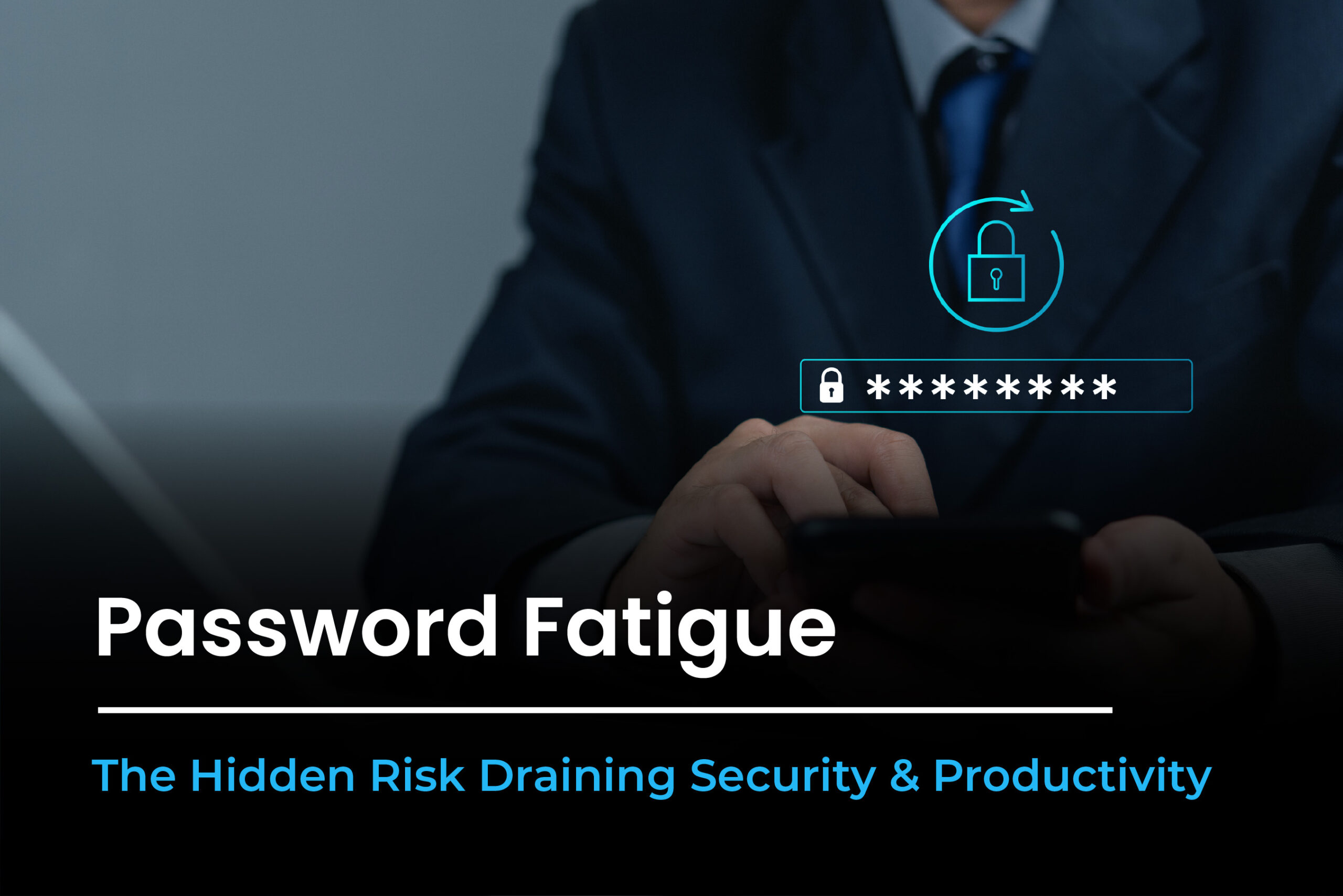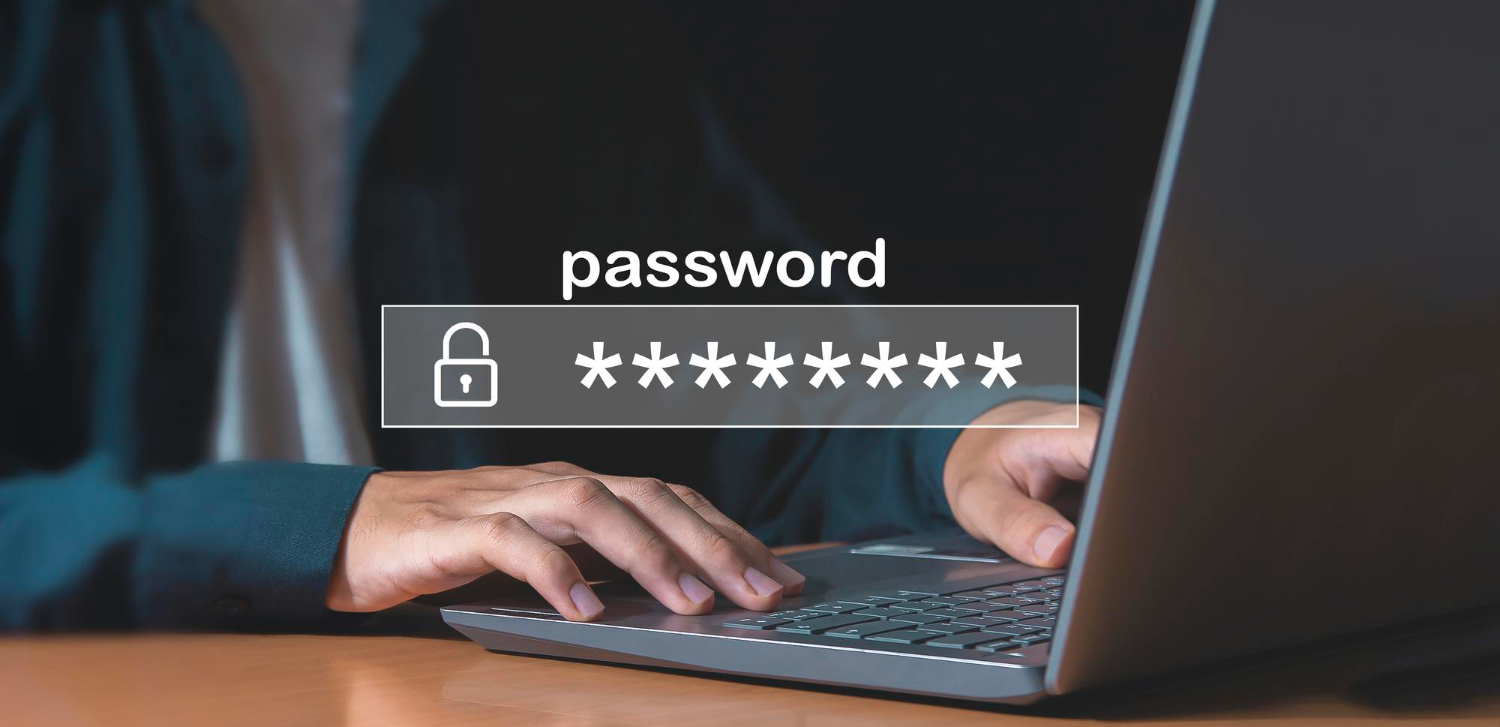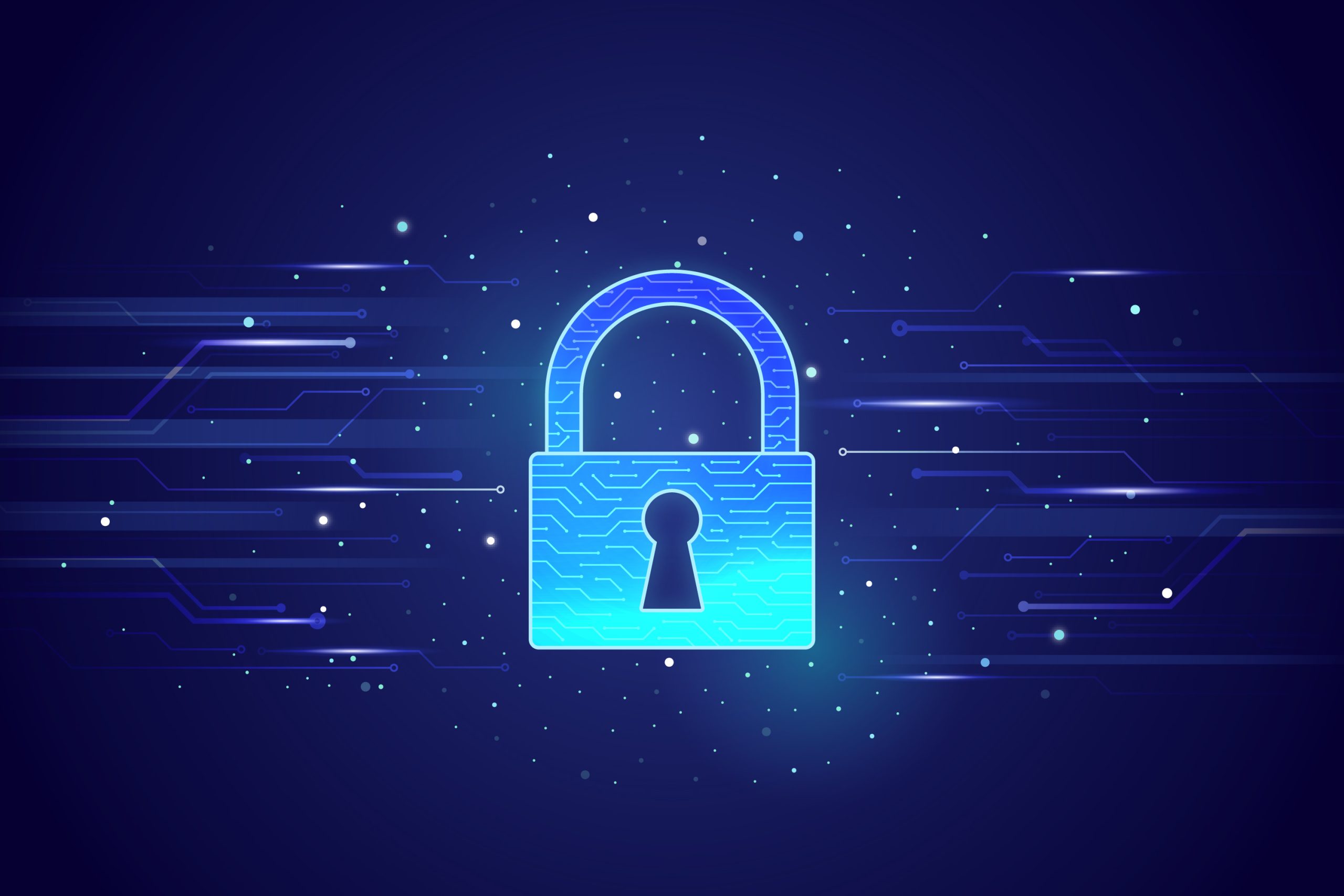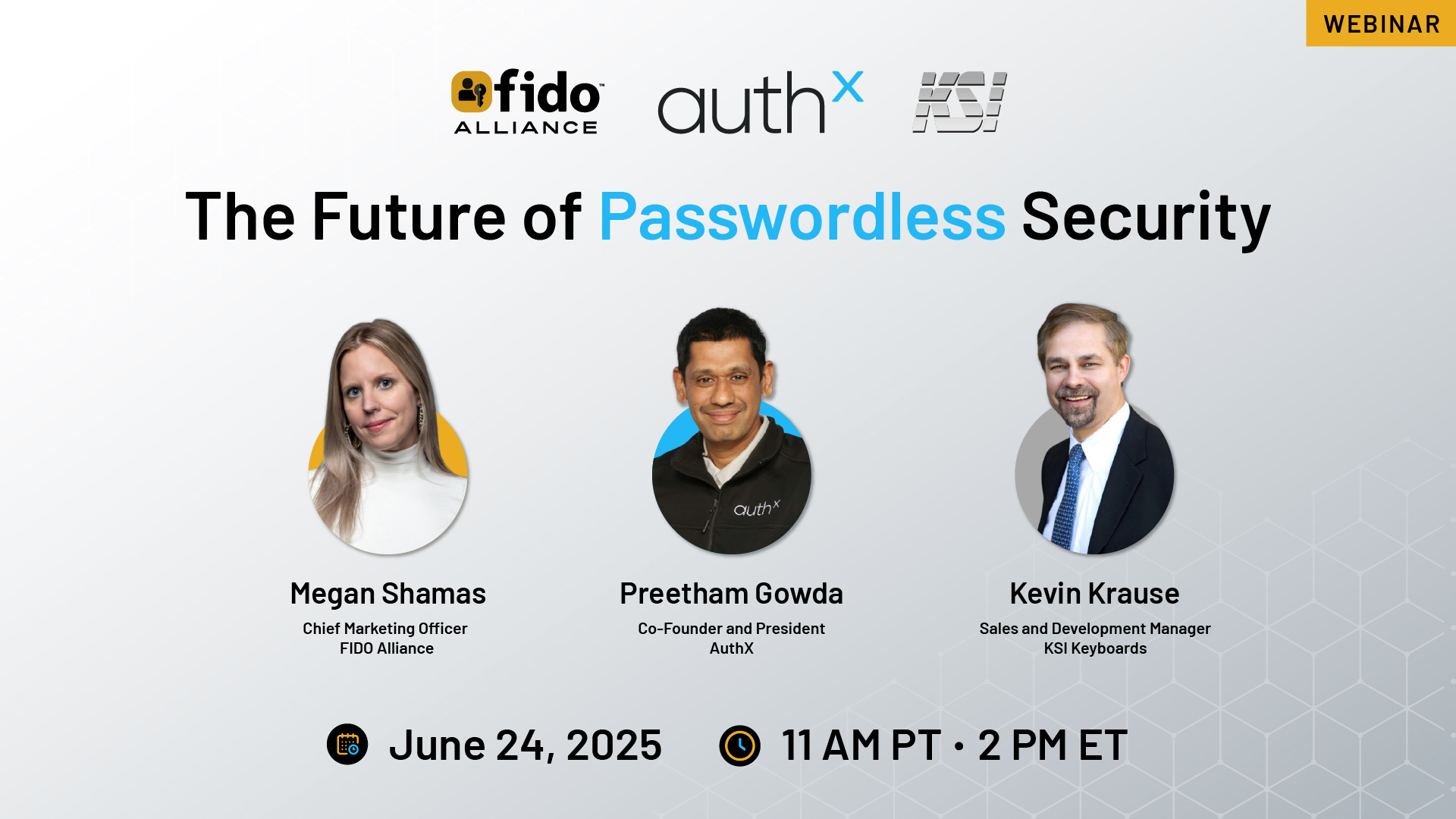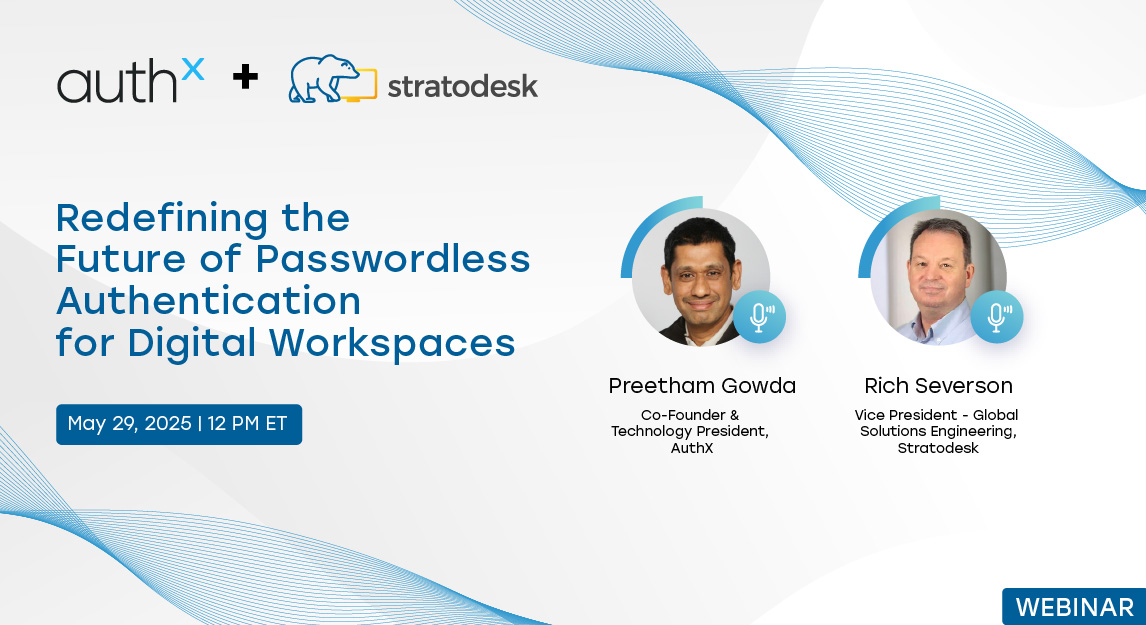Staring at yet another login screen, trying to recall if the password had an exclamation mark or a number at the end? If that sounds familiar, you’re not alone, it’s a universal frustration in the digital age.
This daily mental gymnastics has a name: Password Fatigue.
It’s more than just an annoyance; it’s a business and security risk. A Yubico–Ponemon study found that IT professionals spend an average of 12.6 minutes each week just entering and resetting passwords, translating to 10.9 hours annually per employee and costing organizations an estimated $5.2 million per year in lost productivity.
In our conversations with IT leaders, many admit that their teams are overwhelmed by constant password demands, leading to weaker security and rising frustration. The truth is that the human brain wasn’t designed to juggle dozens of unique, complex passwords every day. The more rules we pile on, the more people resort to shortcuts like reusing or simplifying passwords. And that’s exactly where attackers find their way in.
Understanding Password Fatigue
Before we discuss solutions, let’s clarify the meaning of password fatigue. This mental exhaustion and frustration result from having to remember, reset, and manage too many passwords for too many accounts.
Most of us juggle dozens of logins, each with different complexity rules and expiry timelines. Over time, the brain stops playing along. That’s when shortcuts creep in; reusing passwords, writing them on sticky notes, or relying on simple, easy-to-guess credentials.
How Password Fatigue Hurts Businesses?
It’s easy to think of this as just a personal inconvenience, but login fatigue has a ripple effect inside organizations.
Here’s what we’ve seen it led to:
Productivity loss: Employees waste time hunting for credentials or calling IT for resets. Multiply that by hundreds of workers, and you’ve got hours of work lost weekly.
Increased IT workload: Help desks spend a staggering percentage of their time on password-related tickets.
Security risks: Tired users tend to reuse passwords, fall for phishing scams, or ignore security policies.
Compliance headaches: Weak password practices can put you out of step with data protection laws and industry regulations.
And let’s not forget the hidden cost, the frustration and morale drop when employees feel like security is preventing them from doing their jobs.
Security Fatigue: The Bigger Picture
Password frustration is part of a broader challenge known as security fatigue. It happens when users feel overloaded by security demands and start ignoring them. In other words, even if you have strong policies, people might bypass them out of sheer exhaustion.
One healthcare client told us, “We had MFA prompts so often that nurses started finding workarounds. That’s when I knew the system was failing them.”
Password-related fatigue often snowballs into a culture where security feels like an obstacle, not a shared goal.
The Psychology Behind Password Fatigue
This isn’t just about bad memory. It’s about cognitive load. Every password we create, change, or try to remember takes mental effort. Now multiply that by dozens of accounts, all with their requirements.
Research shows the human brain struggles with unrelated, complex strings of information. Add constant change, and you’ve got the perfect recipe for fatigue.
And when people are tired, they take shortcuts. That’s human nature.
Common Behaviours That Make Password Fatigue Worse
We’ve observed that most organizations unintentionally complicate things for their users.
Security Policies That Overwhelm
- Frequent password changes with no option to reuse old passwords.
- Strict complexity rules that make passwords hard to remember.
- No Single Sign-On(SSO) or centralized access, forcing employees to remember dozens of credentials.
- No clear guidance on password managers, leaving users to fend for themselves.
User Habits That Increase Risk
- Reusing passwords across work and personal accounts.
- Writing credentials on sticky notes or saving them in unencrypted files.
- Use predictable patterns (e.g., Summer2025!) instead of unique passwords.
- Sharing logins for convenience, especially in team-based environments.
Why IT Can’t Ignore Password Fatigue?
Password fatigue is often the root cause of bigger breaches.
Weak or reused passwords remain one of the most common attack vectors. Every time an employee gets locked out, not only does their productivity suffer, but so does the IT team’s ability to focus on higher-priority security tasks. In short: To reduce overall cyber risk, you must tackle password fatigue head-on.
The Business Impact in Numbers
Studies from top security vendors have shown that password resets can cost organizations millions annually. But cost isn’t just about money; it’s about opportunity. Whenever your IT team resets a password, they’re not working on proactive security projects that could move the business forward.
We’ve seen mid-sized companies slash their help desk load by over 40% simply by addressing the root causes of password fatigue.
Combating Password Fatigue: What Works
This is where we get to the good news. Organizations can reduce security fatigue and eliminate much of the frustration users face.
Here’s a breakdown of strategies that work:
Reduce the Number of Passwords
- Implement Single Sign-On (SSO) so one login accesses multiple systems.
- Use federated identity management for seamless integration across platforms.
Make Authentication Easier
- Adopt Passwordless Authentication methods like Passkeys, Mobile Push, Biometrics or Badge Tap Access.
- Use adaptive MFA to balance security and user experience.
Support Better Password Management
- Provide and endorse enterprise password managers.
- Educate employees on creating strong, memorable passphrases.
Rethink Policies
- Stop forcing unnecessary password changes unless there’s evidence of compromise.
- Simplify complexity requirements while maintaining security standards.
Why Passwordless is the Ultimate Fix?
At AuthX, we’ve seen the most precise results from removing the password entirely. That doesn’t mean eliminating security, it means replacing passwords with smarter, more user-friendly authentication.
With Badge Tap Access, Biometrics, Passkeys, or Mobile Authentication apps, users can log in quickly without the mental burden of remembering complex strings. The result? Higher productivity, fewer IT tickets, and stronger security.
The Role of Culture
Technology alone can’t solve this. You also need a culture that values security without punishing users. That means:
- Involving employees in security decisions.
- Communicating why specific measures are in place.
- Listening when people say a process is slowing them down.
Adopting rates skyrocket when security feels like a partnership instead of a punishment.
Why It’s Time to Retire the Password Blame Game
Password fatigue is a real, measurable problem, not just a personal gripe. If you ignore it, you’re inviting password chaos, productivity loss, and security risks into your business. But if you tackle it strategically, you can turn authentication from a pain point into a competitive advantage.
Companies have transformed their login experience and watched user frustration drop overnight. The key is to combine smarter technology with a culture that respects people’s time.
It’s time to stop blaming users for forgetting passwords and start building systems that don’t require them to remember them.
FAQs
What is the password fatigue meaning in cybersecurity?
It refers to the frustration and mental strain caused by managing too many complex passwords for multiple accounts.
Why do employees experience password fatigue?
Frequent password changes, overly complex requirements, and managing logins for many systems lead to frustration and risky habits.
How does password fatigue impact business security?
It increases the likelihood of weak, reused passwords and raises the risk of data breaches.
What are the best ways to reduce password fatigue?
Can moving to passwordless systems completely eliminate password fatigue?
Yes; by replacing passwords with Biometrics, Passkeys, Mobile Push, or Security tokens, you remove the need for users to remember or manage them.

